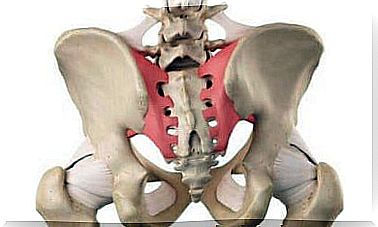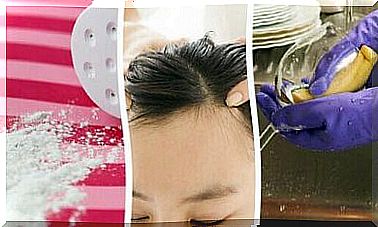Everything You Need To Know About Respirators
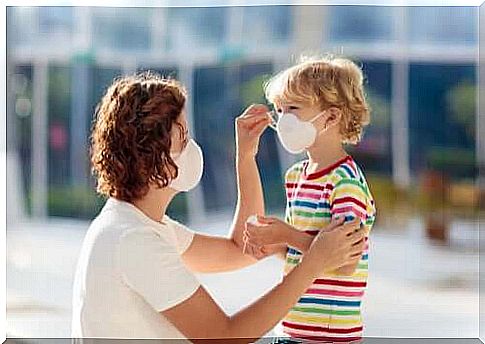
Respirators are personal protective equipment for the wearer and are designed to protect the respiratory tract from exposure to contaminants. They are made entirely of filterable material and normally consist of a nose clip and rubber bands and / or fastening bands to be attached or pulled behind the head. In this article you will find important facts about everything you need to know about respirators.
Some of these respirators also include exhalation valves. The purpose of the valve is both to facilitate breathing and to prevent moisture from condensing in the respirator. These types of respirators are specifically designed for long-term use, for example, by healthcare professionals.
These are all things we should all know about respirators:
Respirators can be divided into two main groups:
Surgical respirators
It is a respirator designed to protect the people around that person. This is because the purpose of these respirators is to filter the particles inhaled by the user, preventing them from entering the outside of the respirator.
FFP respirators
The purpose of this type of respirator is again to protect the user. They are designed to filter out particles in the environment, preventing the wearer from inhaling them.
FFP respirators are sold in a variety of shapes depending on their design, and can be, for example, conical or horizontal or vertical protectors. In addition, the effectiveness of these types of respirators depends on whether they are class 1, 2 or 3 (particle filter efficiency). The type of FFP respirator class is determined by the filtration capability of the respirator based on the toxicity of the contaminants and its concentration in our environment.
- FFP1: 78% filtration capacity, protects the user from low-power and irritating air pollutants such as dust particles.
- FFP2: 92% filtration capacity, in addition to the above-mentioned FFP1 class , protects the user from particles hazardous to health, both solid and liquid.
- FFP3: 98% filtration capacity, protects the user from toxic airborne contaminants in addition to the FFP1 and FFP2 categories mentioned above.
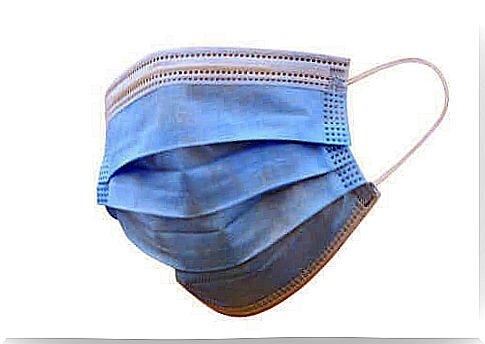
How should a respirator be worn?
The choice of respirator to use always depends on the risk involved. In any case, always wash your hands thoroughly before inserting and removing the guard. Always put the guard in place before entering a contaminated area and do not remove it until you are outside that area. In addition, the protector must always be able to be adjusted to the correct shape to ensure the best possible protection.
It is important to replace the guard after use if it gets wet or damaged. For the same reason, it is also recommended to change the shield at regular intervals if the breathing rate is high, as this will cause moisture to condense in the shield and begin to lose its filtering ability.
What kind of respirator should I wear in each case?
To ensure the most logical and appropriate use of a surgical respirator, such a respirator should be worn only for the time necessary and replaced whenever you change activity or move from one environment to another.
FPP respirators should always be carefully adjusted to the face surface by covering the nose and mouth completely to protect all mucous membranes. These protectors should be used in accordance with isolation measures and other precautions in patients with infectious diseases. The FPP3 respirator with the highest possible protection is used when a person is known or believed to be exposed to a risk environment.
How to properly install and remove a respirator?
It is important that you know how to place the protector correctly on your face to ensure the best possible protection. In addition, it is essential that you know how to properly remove it after use. This is because you can still be exposed to the infection, even if you have used a protective device, if you put it on and / or remove it from your face contrary to the appropriate instructions.
Installing a respirator
To properly install a respirator, you must perform all of the following steps before being exposed to a contaminated area:
- Wash your hands thoroughly and check the expiration date on the protective packaging. The respirator or packaging must not be defective.
- Put on a face shield, but keep in mind the order of the other protective equipment if you use methods other than a respirator. This order is as follows: suit, headgear, socks, respirator, glasses and lastly gloves.
- Place the protector on your face correctly to get adequate protection. If you wear glasses, you must remove them to set up and adjust the respirator. When the cover is firmly in place, you can put the glasses on normally.
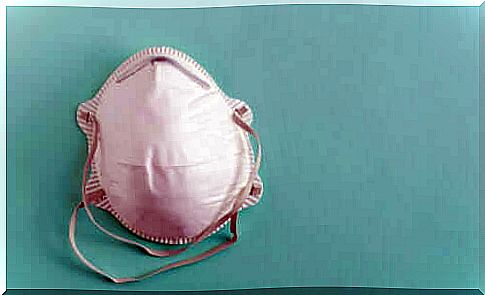
To remove all protective equipment, there is also a certain order that is exactly the opposite of the order in which they are worn: first gloves, then glasses, socks, a headgear, and finally a suit. The respirator must only be removed outside the contaminated area. After removing the respirator, you must throw the used respirator in a container provided for this purpose and then wash your hands thoroughly.
Finally
As you may have noticed, we’ve gone through the above key facts about everything you need to know about respirators. There are several different respirators available on the market to protect us by filtering out harmful and even dangerous particles in the environment. The most important thing when using a respirator is to choose the right type on a case-by-case basis and set it correctly to get the best protection it provides. Also, keep in mind that not all respirators always prove useful, and in fact, in some cases, they can even be harmful if not used properly.



